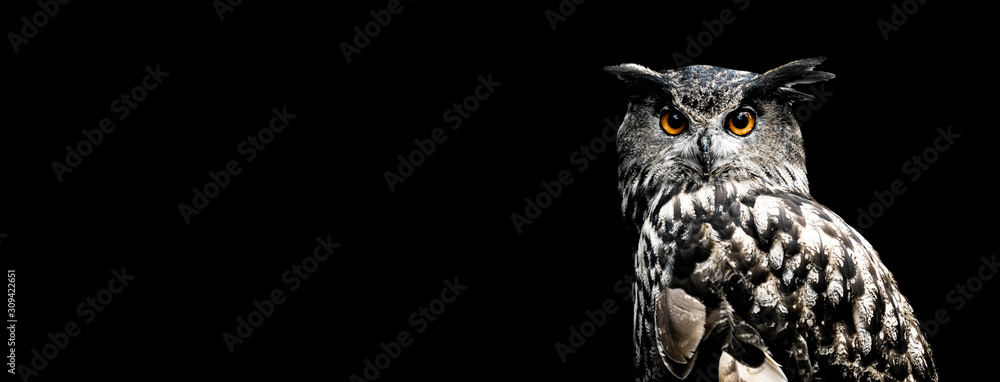nocturnal animals opening scene
https://as1.ftcdn.net/v2/jpg/03/09/42/26/1000_F_309422651_31o5OADSl0DofRfdTxrYWtWwJZc5SVcM.jpg
nocturnal animals opening scene
Some animals open their eyes at night to see better!!
One can only guess what the nocturnal animals saw. It may be shades of gray and sensitive to motion, but may lack fine detail. Most nocturnal animals also have a highly developed sense of hearing, touch (such as whiskers) or smell to complement their vision. Don't assume animals' night vision is perfect -- even nocturnal animals aren't active during the darkest hours of moonless nights.
Nocturnal animals have evolved physical features that allow them to roam more efficiently in the dark. The eyes become larger and the pupils dilate. For example, owls have large eyes that they cannot move around in their nests, but their dilated pupils help them gather more light.
Some animals use their eyesight at night to find food or prey.
Animals use night vision to find food or avoid predators. Some nocturnal animals also have a keen sense of smell or hearing. The eyes of nocturnal animals are different from those of humans. You can see it during the day because there is a lot of light from the sun. Your eyes use this light to create an image in your brain. Nocturnal animals can do the same in very low light.
But nocturnal animals in the wild rely more on their senses and are active when there is little or no light. Their focus is on finding food when they wake up at night. When it's dark or pitch black, it's hard to see. But many nocturnal animals have far better night vision than ours, which is why many of them have extra large eyes. But even that's not always good enough.
Animals at night have different behaviors than during the day.
Other animals are nocturnal because there is too much competition during the day. For example, cougars may hunt during the day, so coyotes hunt at night. This gives each species the opportunity to find food without constantly fighting each other.
The increasing destruction of habitats around the world due to human expansion brings benefits and drawbacks to various nocturnal animals. With high levels of human activity during the day, more species may be active at night to avoid new disturbances to their habitats. However, carnivorous predators were less afraid of this disturbance, feeding on human waste and maintaining a relatively similar spatial habitat as before. In contrast, herbivorous prey tend to remain in areas with low human disturbance, limiting resources and their spatial habitat. This creates an imbalance in favor of predators, which are increasing in number and appearing more frequently at night.
for more information : https://www.americazone.net/2022/10/nocturnal-animals.html


Comments